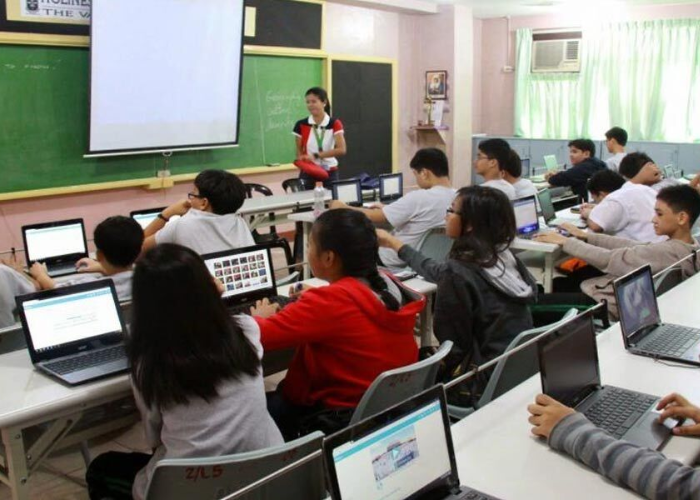Technology has become an integral part of our lives, and more so in educational institutions. The various tools and applications of technology have revolutionized the way we learn and teach. Technology has enabled us to connect with people from around the world, access a wealth of information, and collaborate with one another on projects. With new and ever-evolving technologies, the role of technology in education is constantly changing.
The Advantages of Technology in Education
One of the primary advantages of technology in education is the ability to access a wealth of information. With the internet, students can quickly find and access information on any topic they are researching. Technology also enables teachers to provide students with assignments and assessments that can be completed digitally. This allows teachers to track progress, review student work, and provide feedback quickly and easily. Technology has also enabled teachers to create virtual learning environments, where students can collaborate and work together on projects.
Challenges of Technology in Education
Despite the many advantages of technology in education, there are also a few challenges. One of the primary challenges is the cost of technology. Not all schools and families have the means to purchase the latest technology, which can impede access to high-quality educational resources. Additionally, there is the challenge of ensuring equitable access to technology for all students. Without access to technology, some students are at a disadvantage when compared to their peers.
Benefits of Technology for Specific Groups
Technology has been found to provide numerous benefits for specific groups of students. For example, students with learning disabilities can benefit from the use of technologies such as text-to-speech and speech-to-text tools. Additionally, students with physical disabilities can benefit from the use of assistive technologies such as voice-activated software and adapted hardware. Technology can also be used to provide students with personalized instruction, allowing them to learn at their own pace and progress according to their individual needs.
Integration of Technology in Education
In order to ensure that students are getting the most out of technology in education, it is important to ensure that technology is properly integrated into the classroom. This means providing teachers with the necessary training and support to use technology effectively in their teaching. Additionally, students should be taught how to use technology responsibly, safely, and ethically. Technology should be used to enhance teaching and learning, and not as a distraction from it.
Fixing the Challenges of Technology in Education
In order to address the challenges of technology in education, policymakers should focus on providing equitable access to technology for all students. This could be done by providing tax incentives for families and schools to purchase technology, and by providing grants to schools to purchase equipment. Additionally, schools should work to create policies that ensure that all students have access to technology.
Conclusion
Technology has revolutionized the way we learn and teach and has enabled us to access a wealth of information. However, there are still challenges that need to be addressed in order to ensure equitable access to technology for all students. By providing tax incentives and grants, and creating policies to ensure access, we can ensure that all students have the opportunity to benefit from technology in education. Technology has made education more accessible and efficient and has enabled teachers to provide students with personalized instruction and feedback. However, there are still challenges that need to be addressed in order to ensure equitable access to technology for all students. By providing tax incentives and grants, and creating policies to ensure access, we can ensure that all students have the opportunity to benefit from technology in education.
